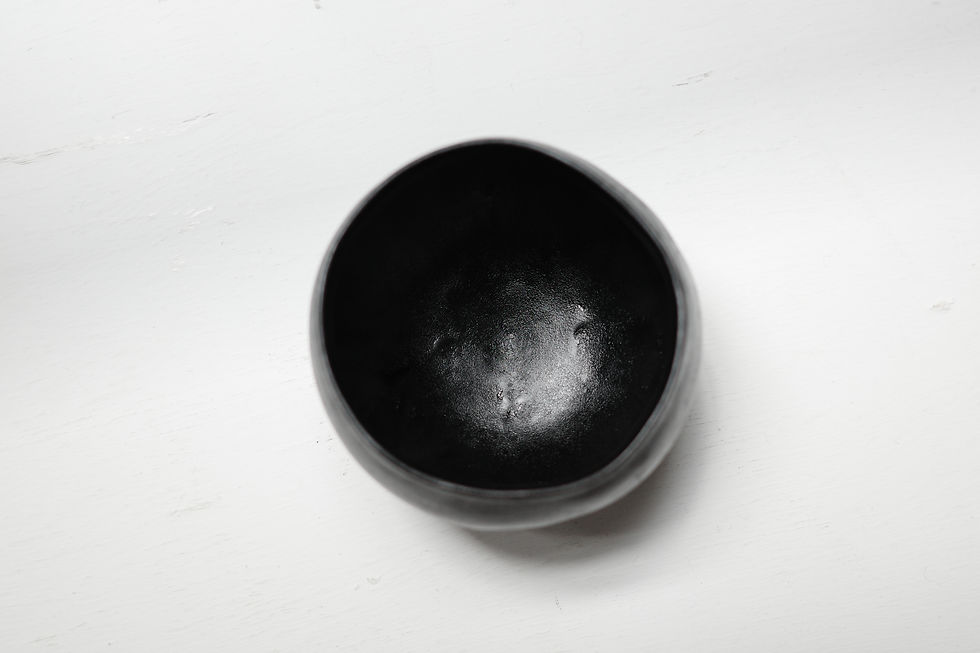HO Ka Man 何嘉文 applies kanshitsu techniques to create so called bodiless lacquerware using plaster mold to create the form. He pastes linen with a mixture of deep sea soil and natural lacquer on it. This process will be repeated until it has reached a desired thickness. The rough core will then be removed when the lacquered linen part is solidified forming a lightweight hollow body to create these vessels.
The sand-stone texture is created with fine layers of linen which are soaked in the muddy-like mixture of lacquer and tile ash or deep sea soil. The effect is achieved after numerous times of polishing entirely by hand.
Lacquer Serving Bowl by HO Ka Man
Lacquer craft in China has a long history. The oldest lacquerware discovered dates back to the Warring States period (403-221 B.C.). the craft has been transferred to Japan, Korea, and other parts of Southeast Asia. The value of a piece of lacquerware only begins with the materials used to make it. A high quality piece of lacquerware requires the skills of several different elements: lacquer, layers, core materials, decoration, colours, design and process.






















